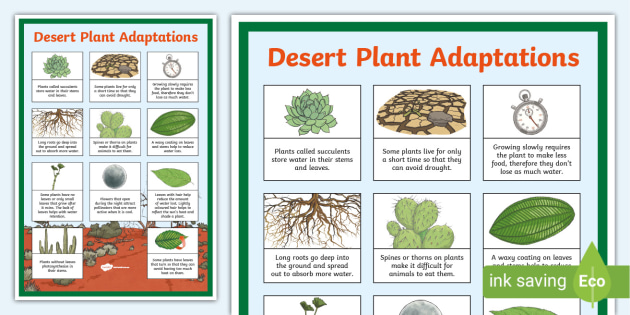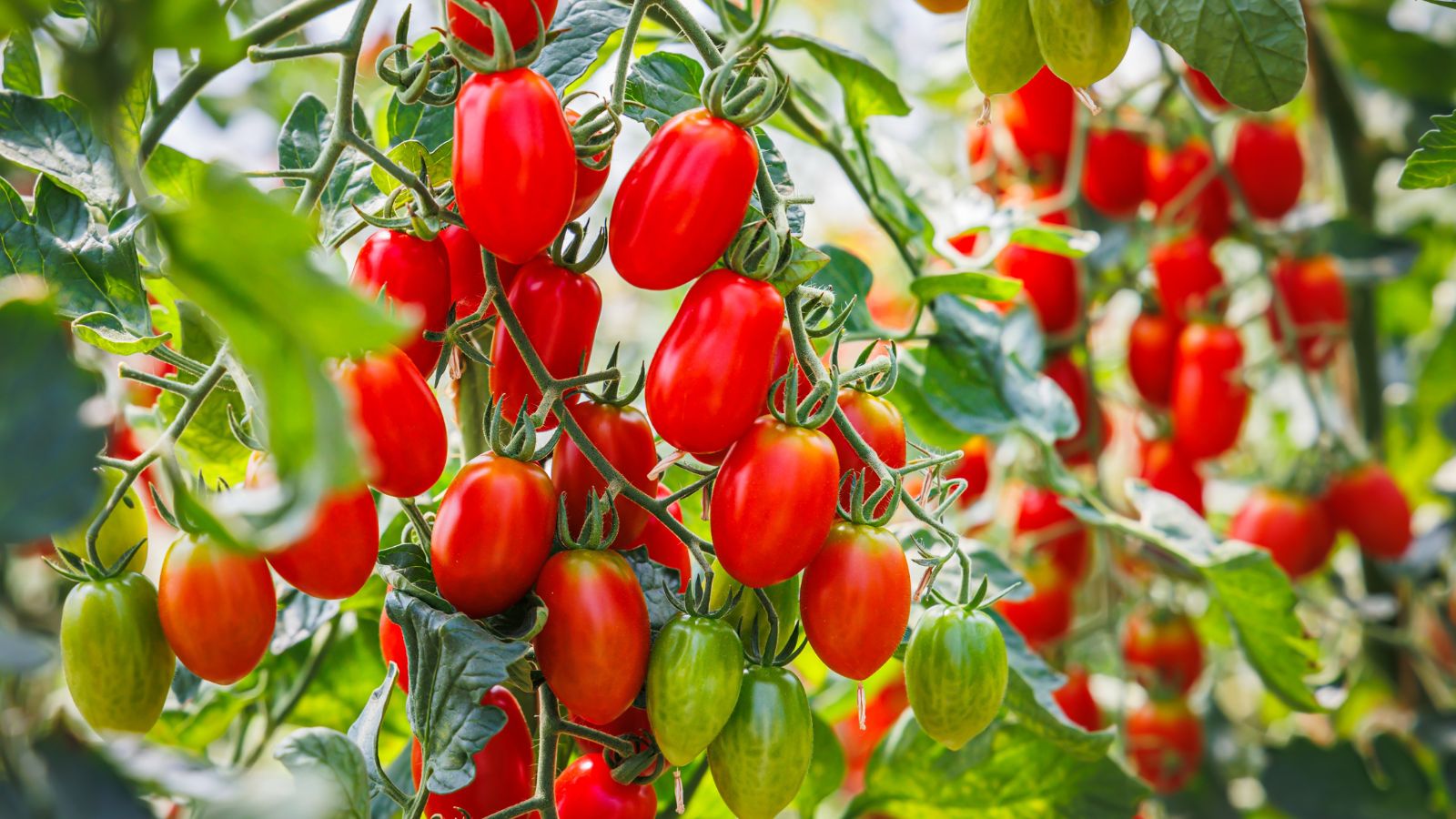Thriving in Adversity: How Desert Plants Adapt to Harsh Environments


Introduction
Overview of Desert Environments
Desert environments are some of the most extreme places on Earth, characterized by minimal rainfall and extreme temperature fluctuations. From the vast sands of the Sahara to the rocky landscapes of the Mojave, these regions support unique ecosystems. For instance, a visit to the Sonoran Desert reveals its stunning beauty and resilience, where life persists against all odds.
Importance of Plant Adaptation in Harsh Conditions
In such challenging climates, plant adaptation is crucial for survival. These adaptations include:
- Water conservation: Strategies like deep root systems and water-storing tissues.
- Temperature regulation: Mechanisms to endure scorching daytime heat and chilly nights.
These remarkable features not only sustain the plants but also support the entire desert ecosystem, illustrating the essence of resilience in nature.

Characteristics of Desert Plants
Succulent Features for Water Storage
Desert plants often showcase fascinating succulent features that enable them to thrive with limited water. These adaptations allow the plants to store moisture in their leaves, stems, or roots. For example, the iconic saguaro cactus can store up to 200 gallons of water, acting like a reservoir during dry spells.
Some key succulent characteristics include:
- Thick, fleshy tissues: Ideal for retaining water.
- Waxy coatings: Reduce evaporation by sealing moisture inside.
Reduced Leaves and Photosynthesis Adaptations
Another striking feature of desert plants is their reduced leaf structure, which minimizes water loss. Instead of wide, leafy canopies, many desert species have adapted by developing smaller or spine-like leaves, such as with the prickly pear cactus. This adaptation leads to:
- Increased sunlight absorption: Essential for photosynthesis.
- Enhanced transpiration control: Allowing the plant to conserve water effectively.
This clever evolution showcases nature’s ingenuity in thriving within harsh environments, making each unique plant a marvel of adaptation.

Strategies for Survival
Drought Tolerance Mechanisms
Desert plants employ remarkable drought tolerance mechanisms to cope with water scarcity. One fascinating example is the ocotillo, which can lose its leaves during extreme dryness but brilliantly regrows them when rainfall returns. This ability to survive long dry periods is vital in such arid conditions. Key drought tolerance strategies include:
- Deep root systems: Accessing underground water reserves.
- Water storage in tissues: Allowing them to stay hydrated longer.
Heat Resistance Strategies
In addition to drought resilience, heat resistance is crucial for desert plant survival. Many species utilize reflective surfaces on their leaves, helping to deflect intense sunlight and reduce leaf temperatures. For instance, the white coating on sagebrush reflects heat, preserving moisture. Other heat resistance strategies involve:
- Nocturnal respiration: Minimizing water loss during the day by performing photosynthesis at night.
- Heat shock proteins: Protecting cellular functions when temperatures soar.
Together, these incredible survival strategies illustrate how well-adapted desert plants navigate their harsh environments, demonstrating nature’s ingenuity.

Unique Adaptations
CAM Photosynthesis Process
One of the most intriguing adaptations observed in desert plants is the Crassulacean Acid Metabolism (CAM) photosynthesis process. This unique method enables plants like the pineapple and agave to thrive in arid climates by minimizing water loss. During the day, they keep their stomata closed, but at night, when temperatures drop, they open them to absorb carbon dioxide.
Key benefits of CAM photosynthesis include:
- Reduced water loss: Stomata are closed during the hottest part of the day.
- Efficient energy use: Allowing for effective sugar production, even in harsh conditions.
Salt Tolerance Mechanisms
Desert environments can also be saline, presenting another challenge for plant life. Many desert species have evolved remarkable salt tolerance mechanisms, allowing them to thrive in high-salinity soils. For instance, saltbush successfully extracts and excretes excess salts through specialized glands on its leaves.
These adaptations include:
- Accumulation of inorganic ions: Helping maintain cellular function amid salinity.
- Selective ion absorption: Managing salt uptake to protect critical cellular processes.
These unique adaptations showcase the incredible resilience of desert plants, allowing them to flourish in conditions that would be intolerable for most other life forms.




